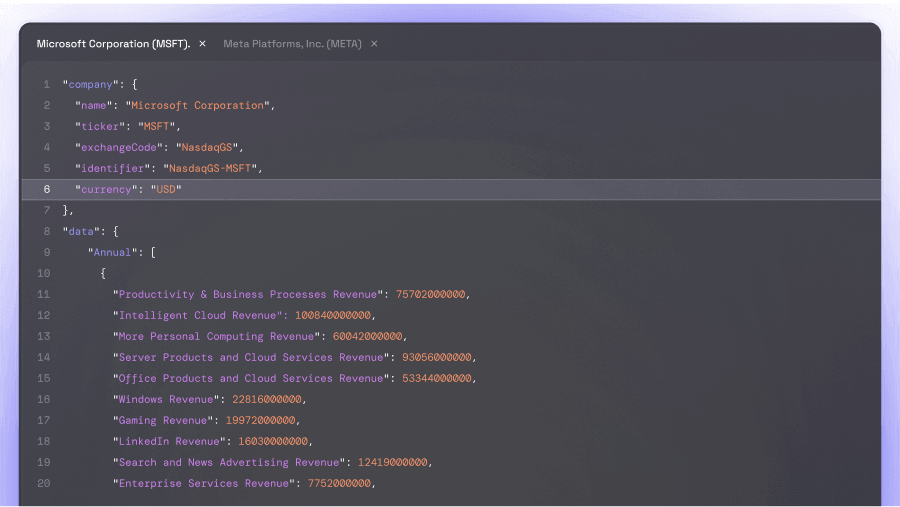### What is Alitas? Alitas is the underlying infrastructure for a new generation of value networks. It facilitates the development of large-scale distributed applications, providing unique solutions to key issues such as network security, performance, and scalability. Through its innovative architecture, Alitas offers unprecedented levels of decentralization and efficiency. For the most accurate and up-to-date information about Alitas, including its market performance and statistics, please refer to Eulerpool.
Alitas (ALT) distinguishes itself as a Hashgraph Consensus platform tailored for decentralized applications (dApps). In contrast to traditional blockchain models, Alitas utilizes a unique architecture that substitutes the conventional chain structure with an innovative method involving directed acyclic graphs (DAG). This distinctive design enables Alitas to achieve full decentralization and high throughput, with a transaction per second (TPS) rate exceeding 30,000. Constructed on the Binance Coin blockchain, Alitas aspires to establish a new generation of trusted network protocols. This framework offers efficient, convenient, secure, and stable development and deployment environments for users worldwide. The architecture of Alitas not only overcomes the performance limitations of traditional consensus mechanisms but also introduces groundbreaking technologies such as the "Tolerance Algorithm" and the "Star Drop effect." The "Tolerance Algorithm" resolves data consistency issues without the need for traditional consensus methods, ensuring high security and privacy in transactions. Concurrently, the "Star Drop effect" enhances the randomness of node references, further enhancing transaction security. By harnessing these advanced technologies, Alitas provides a solid foundation for the next generation of value networks.














